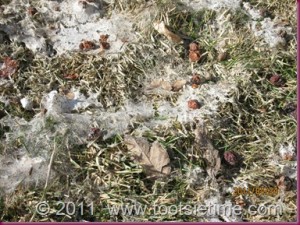Customizing Your Outdoor Space
Monday, October 15th, 2018In our short summer season, I like to spend as much time outdoors as I can. Create your own back yard oasis and start absorbing the vitamin D. Here’s how:
Declutter & Clean
The first step to sprucing up the outdoor living room is to clear dirt and clutter from the space. Store lawn equipment, children’s toys, and pet play things in a shed or garage. Give the entire area a good scrub down, sweeping away dust and debris to create a fresh, clean canvas.
Invite the Outdoors In
Blending interior and outdoor living spaces helps the exterior area feel like an extension of the home, not an afterthought. Ensure blinds and curtains are open to the family yard, highlighting the outdoor oasis. Make certain the indoor and outdoor décor complement one another and utilize similar colors, materials and styles both inside and out.
Create Cozy Sitting Areas
Create easy traffic flow throughout the outdoor living room, while offering a number of places for people to sit – at a table, around a fire pit, or in a cozy chair configuration. Also, offer some shade by using umbrellas or outdoor curtains to minimize sun glare and maximize visions of enjoyment in the outdoor living room.
Soften the Outdoor Space
Introduce a few soft design features into the outdoor area to create an inviting atmosphere. Rugs, throw pillows and upholstered patio furniture are a few ways to accomplish a “cozy” feel. Ensure these items are looking fresh and clean and not worn and dated. It’s relatively inexpensive to swap out new pillows and rugs. Create outdoor ambiance by hanging string lighting, introducing a fire pit in the center of a patio, setting up a zen-like water feature, or adding candles, small plants and freshly-cut flowers to tabletops.
Utilize Living Landscapes
Nothing says “welcome home” quite like a beautiful living landscape, complete with flowering shrubs, trees, flowers, and other vegetation. Freshen up the family yard by weeding, mulching and planting flower beds and pots with colorful flowers and verdant plants. Vases of flowers can also help bring life – and a pop of color – to outdoor tablescapes.





